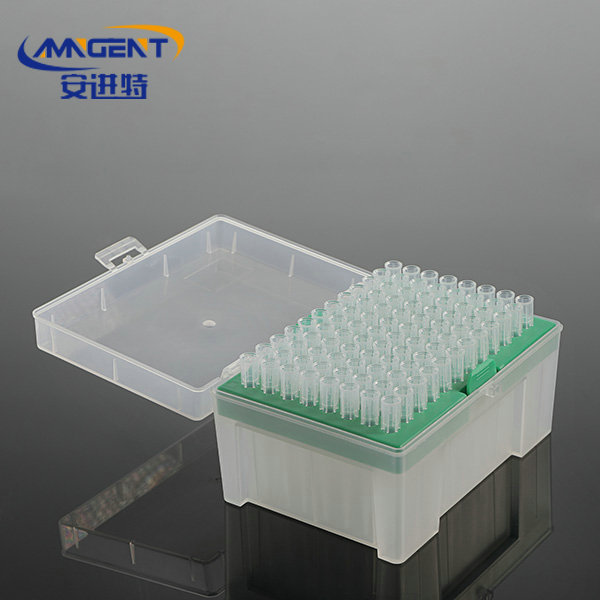Precautions for cell cryopreservation
Date:2022-06-13 17:58:06 Monday
Summary:1. Cell viability and concentrationThe cells should be cryopreserved in a state of good growth, a density of about 80-90%, a number of 106-107/ml, and a viability of more than 90%. Cells with poor cell freezing tube viability have a low survival rat......
1. Cell viability and concentrationThe cells should be cryopreserved in a state of good growth, a density of about 80-90%, a number of 106-107/ml, and a viability of more than 90%. Cells with poor cell freezing tube viability have a low survival rate after cryopreservation. Therefore, cryopreservation must be performed during the period of vigorous cell division. 2. Pay attention to the quality of cryoprotectantDMSO should be reagent grade, sterile and colorless, and can be filtered through a 0.22 micron filter, or purchased sterile. Dispense into small volumes of 5-10 ml and store at 4°C in the dark. Do not thaw multiple times.Autoclaving is not required before using DMSO, which is inherently sterilizing. Autoclaving instead destroys its molecular structure, making cryopreservation less effective. At room temperature, DMSO is harmful to the human body, so it is best to wear gloves when preparing. Mix DMSO quickly because DMSO is toxic to cells and should be frozen as soon as possible after mixing. especially worth itNote that after adding the freezing solution to the cells, be sure to mix well to prevent DMSO precipitation.3. Prepare the freezing solution in advanceThe cryopreservation solution should be prepared in advance and kept at room temperature for later use to prevent the heat generated by the temporary preparation from damaging the cells.4. The principle of slow freezing of cellsSlow freezing can gradually dehydrate the cells, so that large ice crystals will not be generated in the cells, causing cell damage. For most cells, a drop of 1-3°C per minute is appropriate. On the contrary, if it is not frozen slowly, the resulting crystals will be large, and the large crystals will cause damage and rupture of cell membranes and organelles. The resuscitation process should melt quickly, in order to prevent the formation of large ice crystals from small ice crystals, that is, the recrystallization of ice crystals.
2. Pay attention to the quality of cryoprotectantDMSO should be reagent grade, sterile and colorless, and can be filtered through a 0.22 micron filter, or purchased sterile. Dispense into small volumes of 5-10 ml and store at 4°C in the dark. Do not thaw multiple times.Autoclaving is not required before using DMSO, which is inherently sterilizing. Autoclaving instead destroys its molecular structure, making cryopreservation less effective. At room temperature, DMSO is harmful to the human body, so it is best to wear gloves when preparing. Mix DMSO quickly because DMSO is toxic to cells and should be frozen as soon as possible after mixing. especially worth itNote that after adding the freezing solution to the cells, be sure to mix well to prevent DMSO precipitation.3. Prepare the freezing solution in advanceThe cryopreservation solution should be prepared in advance and kept at room temperature for later use to prevent the heat generated by the temporary preparation from damaging the cells.4. The principle of slow freezing of cellsSlow freezing can gradually dehydrate the cells, so that large ice crystals will not be generated in the cells, causing cell damage. For most cells, a drop of 1-3°C per minute is appropriate. On the contrary, if it is not frozen slowly, the resulting crystals will be large, and the large crystals will cause damage and rupture of cell membranes and organelles. The resuscitation process should melt quickly, in order to prevent the formation of large ice crystals from small ice crystals, that is, the recrystallization of ice crystals.
